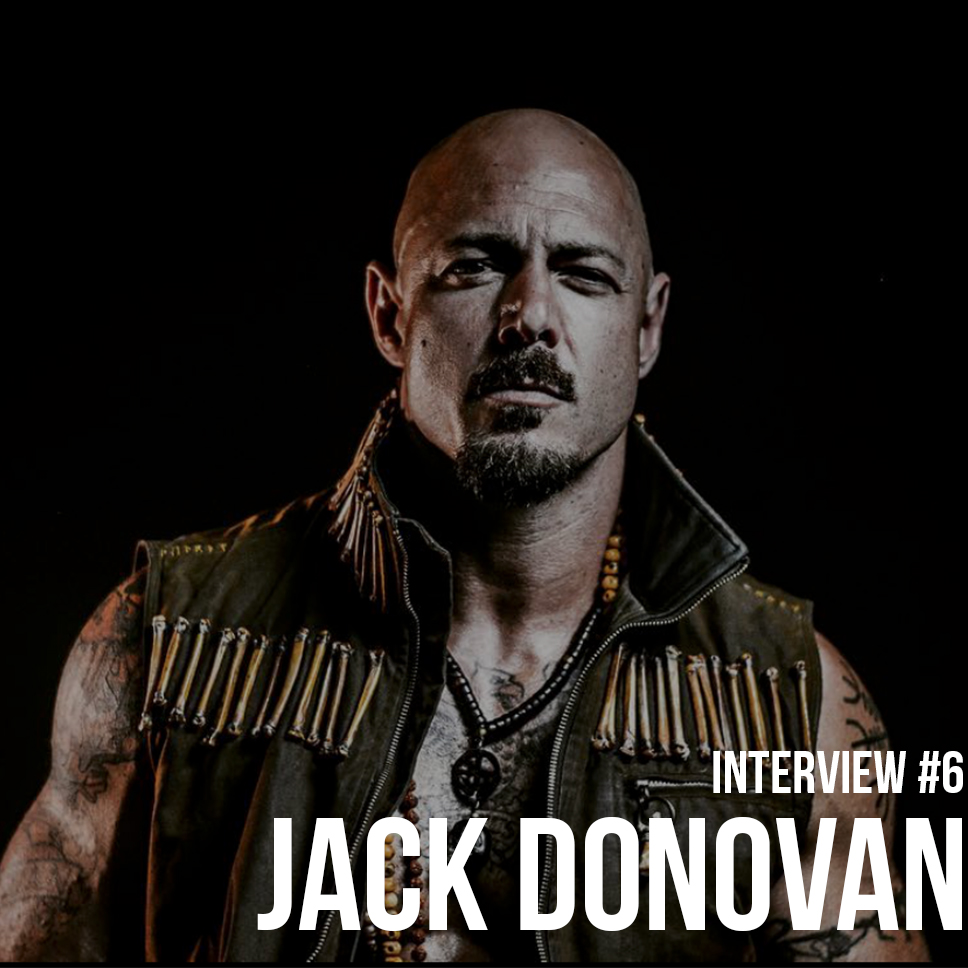Now that summer’s in full swing I’m going to teach you simple mistakes to avoid in the article of clothing I see guys mess up more than anything else
the short-sleeve button-up shirt.
Let’s break this down.
This is how your average guy looks in one of these.
Small, lazy, and sloppy.
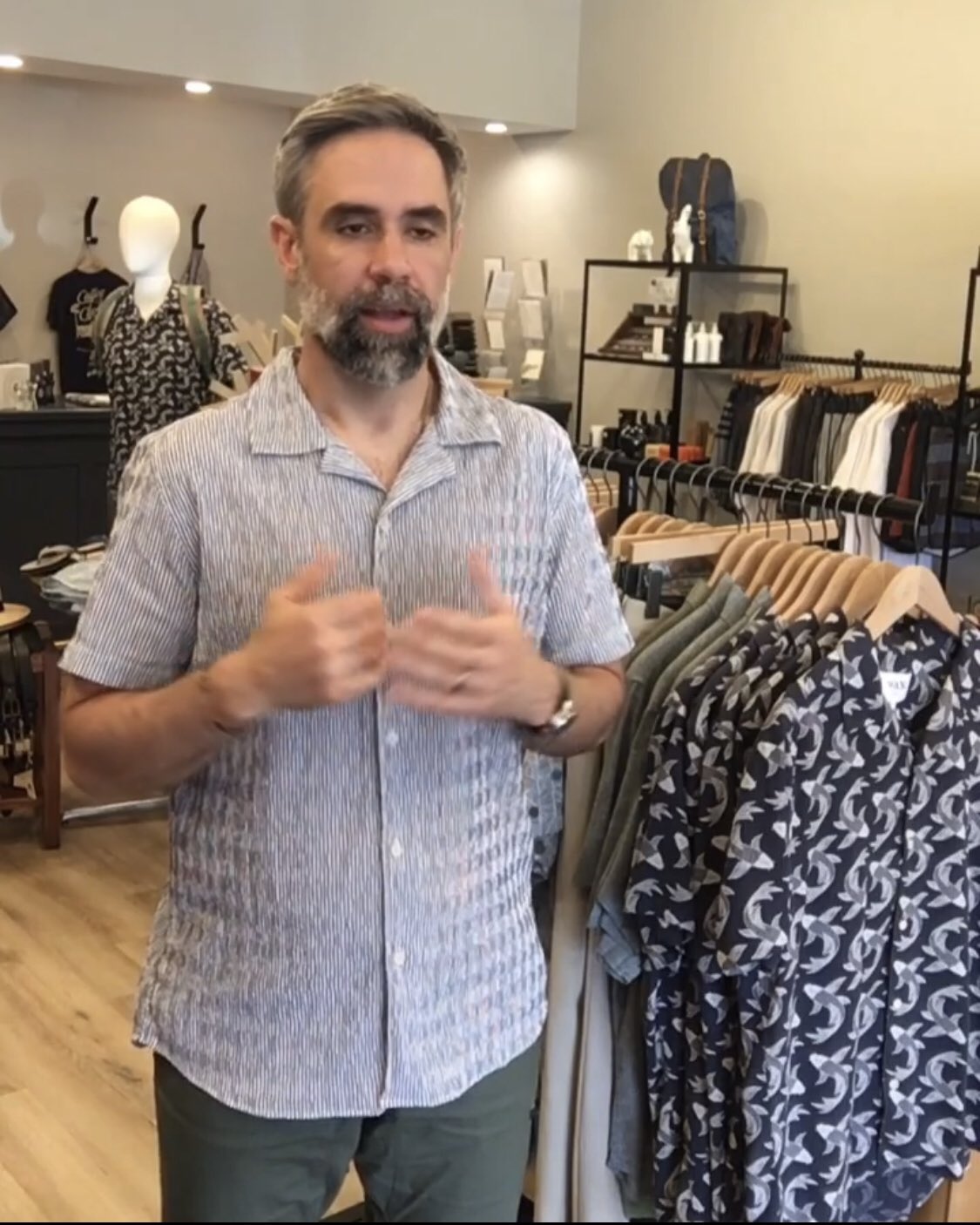
The number 1 most common mistake men make here is wearing shirts with sleeves that are too big.
Too big can mean too baggy or too long.
You can have 21” guns, but you’ll still look scrawny and/or sloppy w/ sleeves that are too big.
So what’s the right size?
Length should be around the middle of your bicep – certainly nowhere near the bend of your elbow.
Circumference should be – at most – half an inch bigger than your bicep
Here’s too big
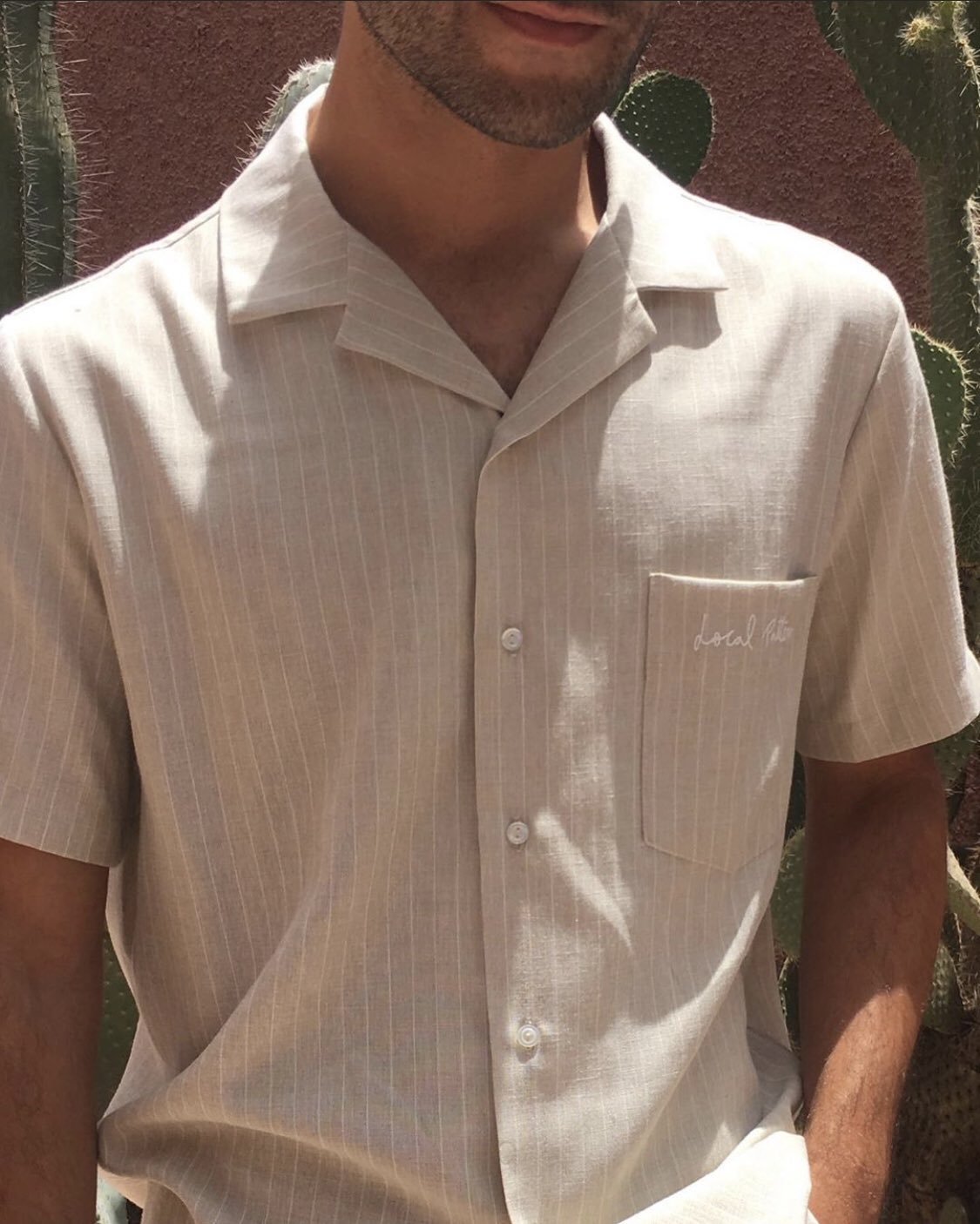
And here are some examples of the right fit
Like Barron from Effortless Gent
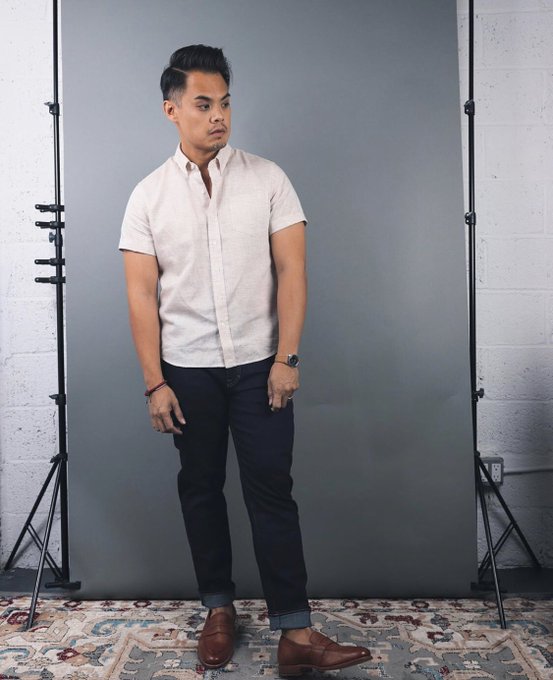
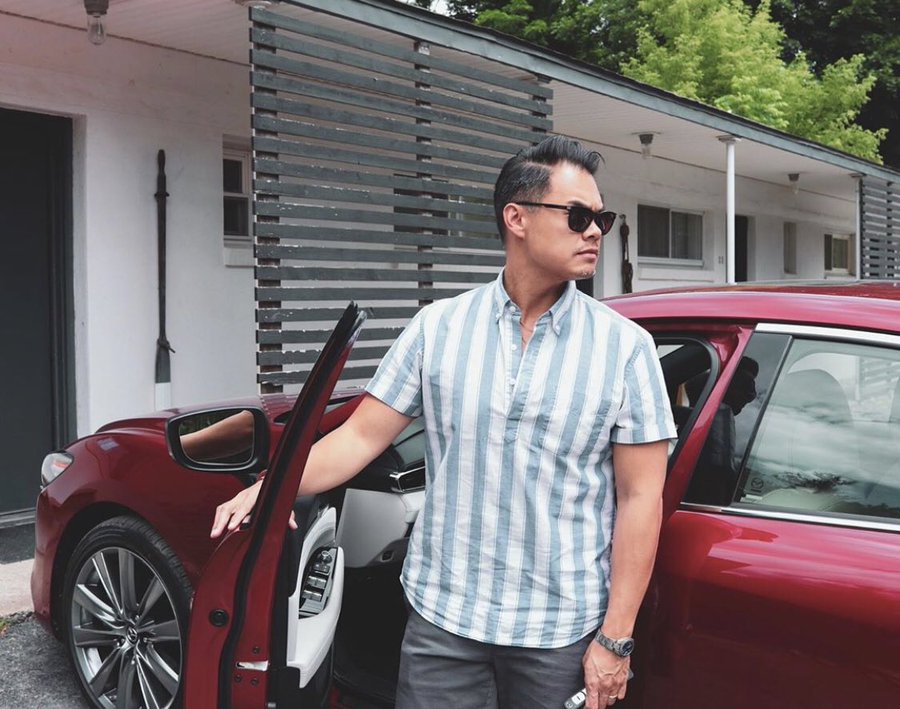
Or Greg from Kinobody
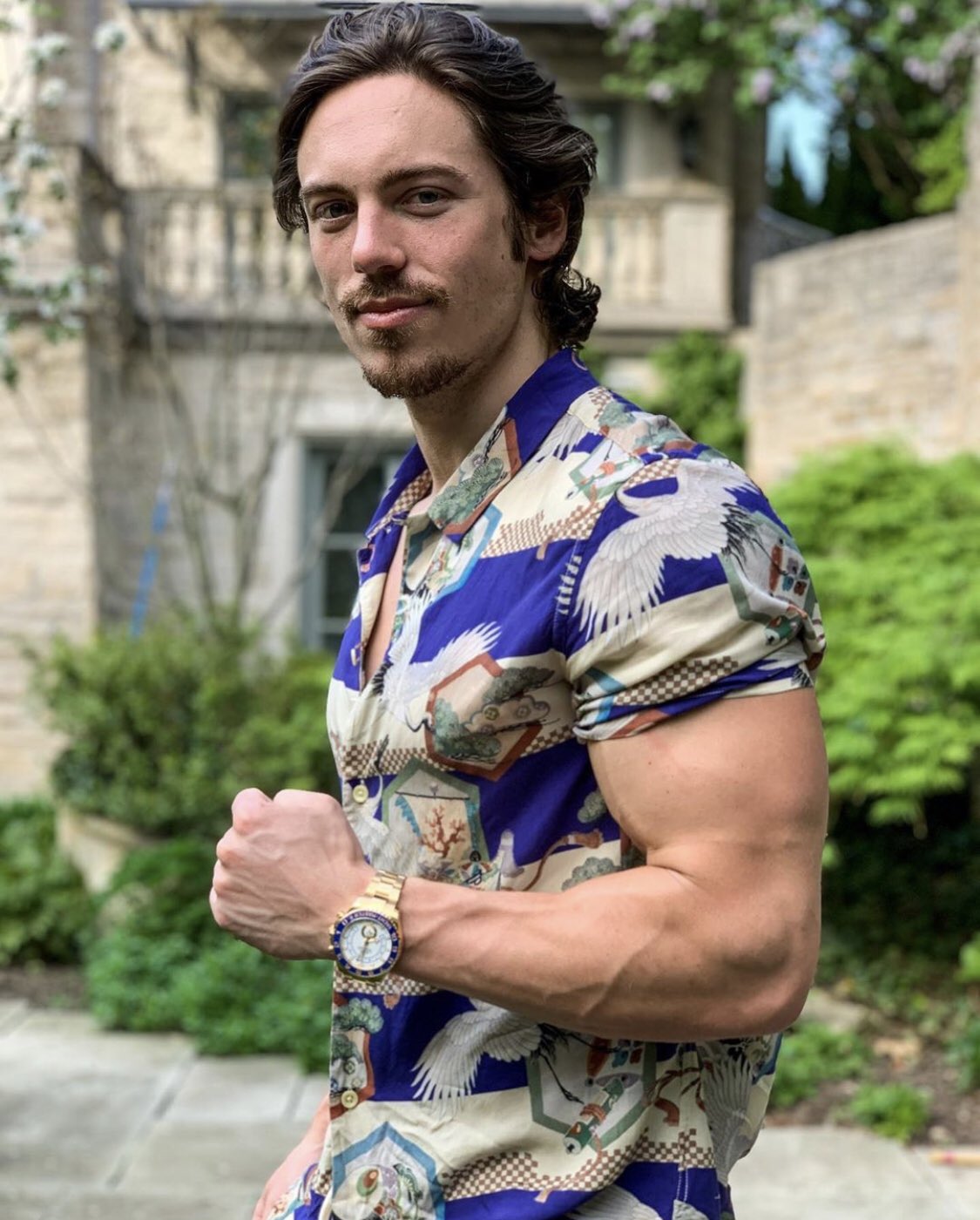
The next issue typically contributes to the first – shoulders that are too large.
The seam where your sleeve attaches should fit right on top of your shoulder, not sag halfway over your delts.
Not only does this make the sleeves look longer than they need to be, it makes your chest and shoulders look like they’re too small to properly fill out the shirt.
Look at how much this shirt hangs off of this guy
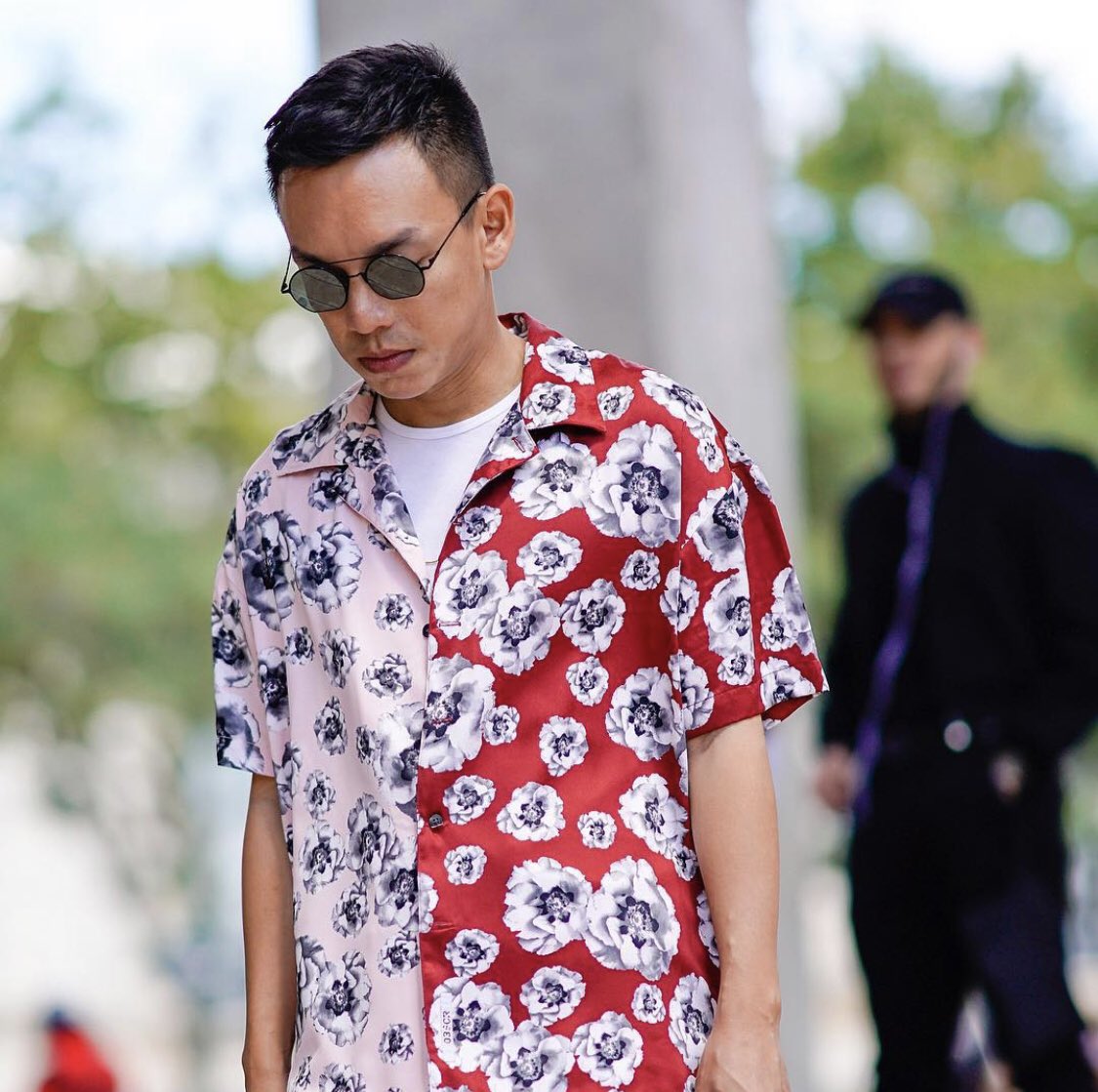
Up next is the length of the body.
Most SSBD’s are intended to be worn casually so you’d really have to go out of your way to find one that’s too long, but it does happen.
If the shirt drapes past the bottom of your crotch, it’s too long and needs to be tucked in.
If it just barely covers your waistline or your belt, it’s too short and needs to be replaced – either with a larger size or a better-fitting pattern from a different brand.
Because this is a casual shirt, it should be worn with the top two buttons undone – three or even more if you’re at the pool or the beach.
Whatever you do, don’t do up all the buttons, you’ll look like a giant toddler
Right
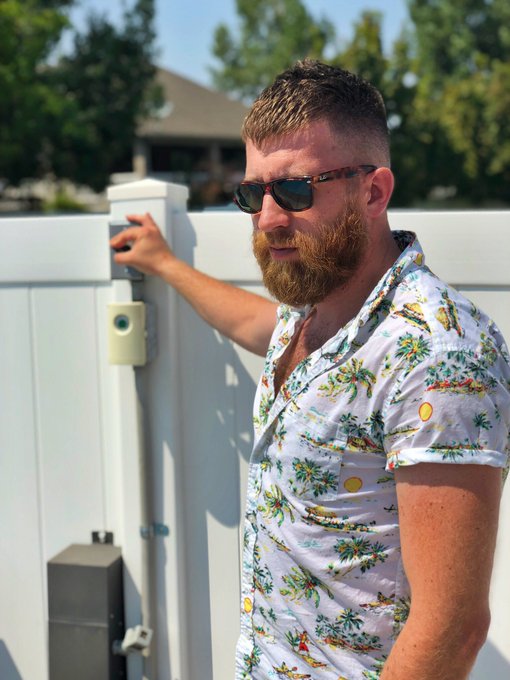
Wrong
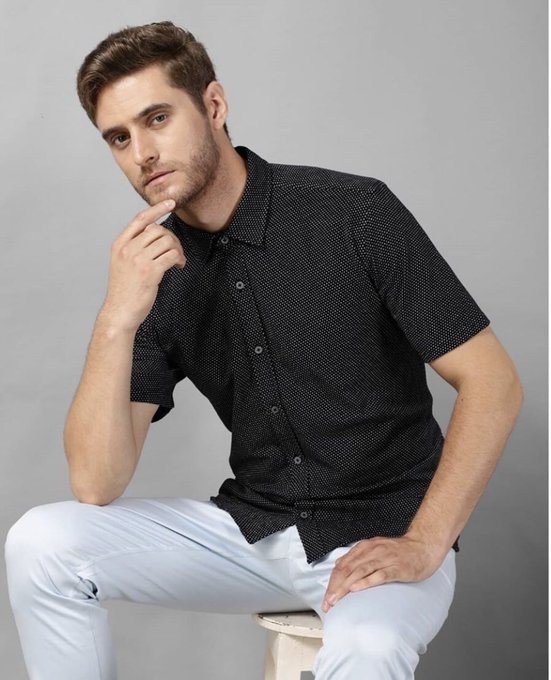
Last thing, don’t wear these too tight.
They’re casual, breathable shirts and need to have a little room in the body for you to move and for air to flow.
This one is terrible
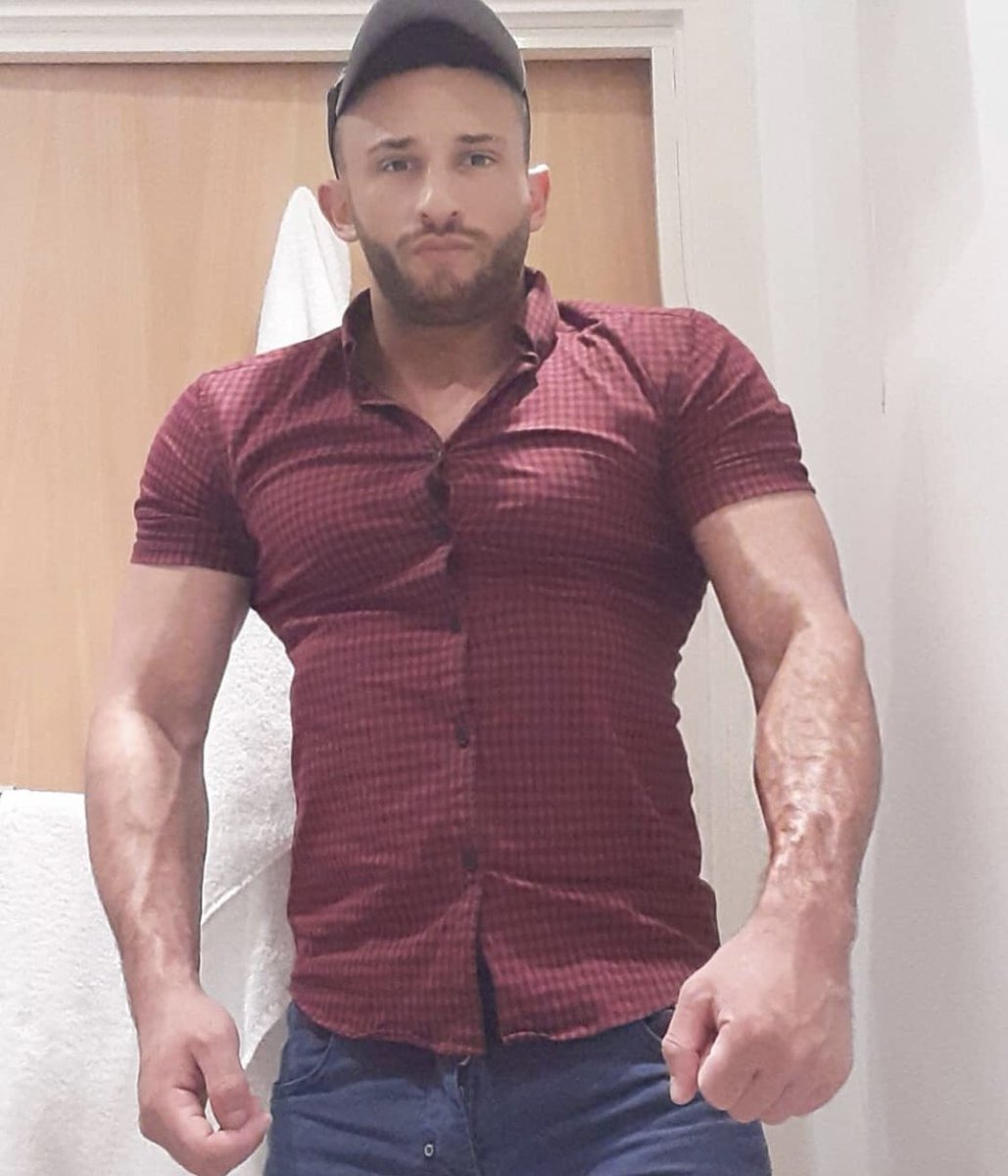
In that same vein, camp collar shirts or even guayaberas are supposed to be worn even fuller and boxier, but don’t go all 2005 on us, please.
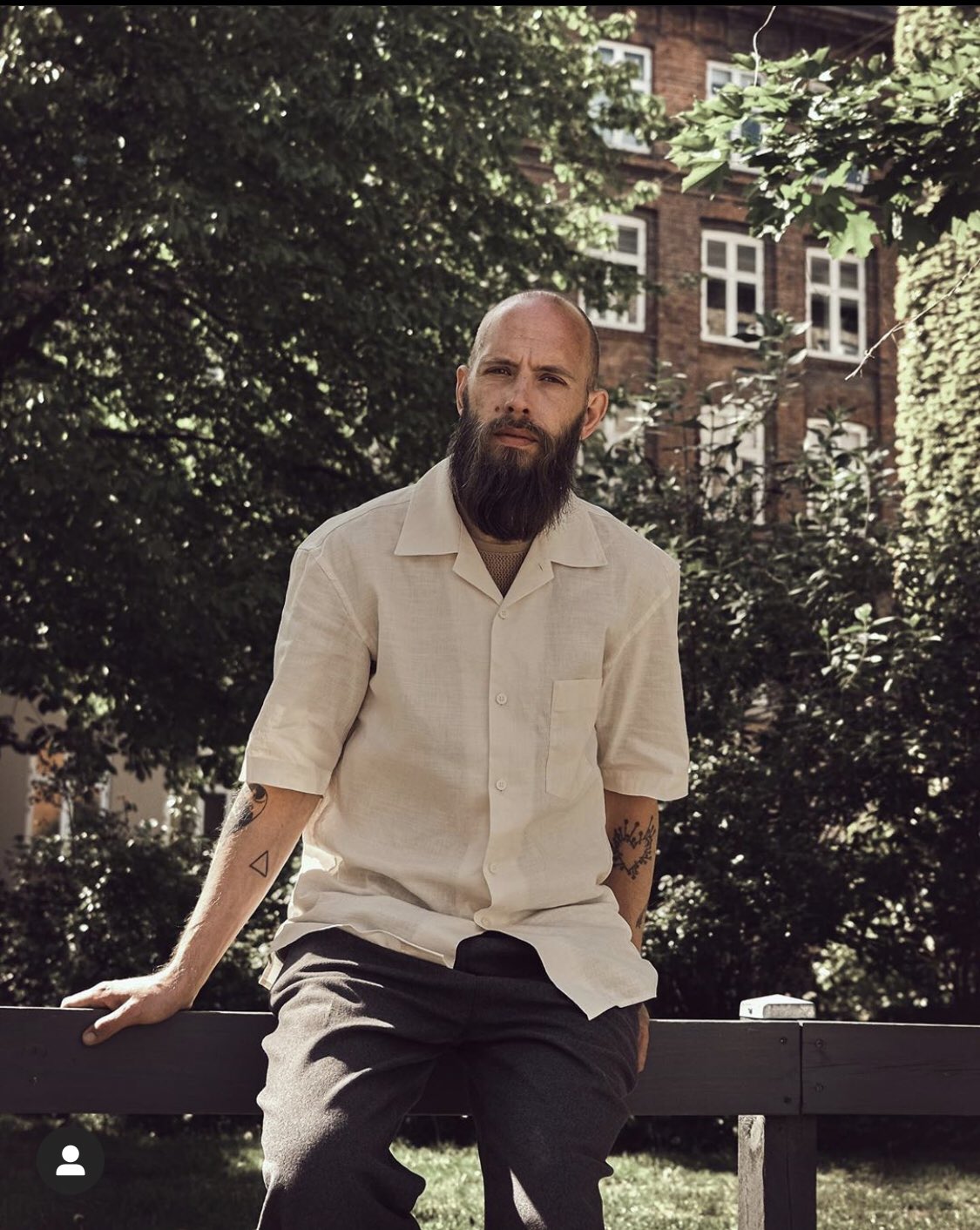
As always, there are exceptions to all of this and ways you can tweak these principles to work with your Style Archetype
So there you have it!
Get this right this summer and you’ll look better than you ever have.
– Tanner
PS – Whenever you’re ready, I have three different ways I can help you improve your style.
If you want the easiest approach that tells you exactly what you should be wearing, sign up for my Effortless Style program.
If you want to better understand how to use your appearance to better communicate with others and build your own confidence and mindset, pick up my book The Appearance of Power.
And lastly, if you really want to get this dialed in without going through a ton of trial and error, you may be a great fit for my 1-on-1 coaching and can schedule a call with me to learn more about it HERE.


